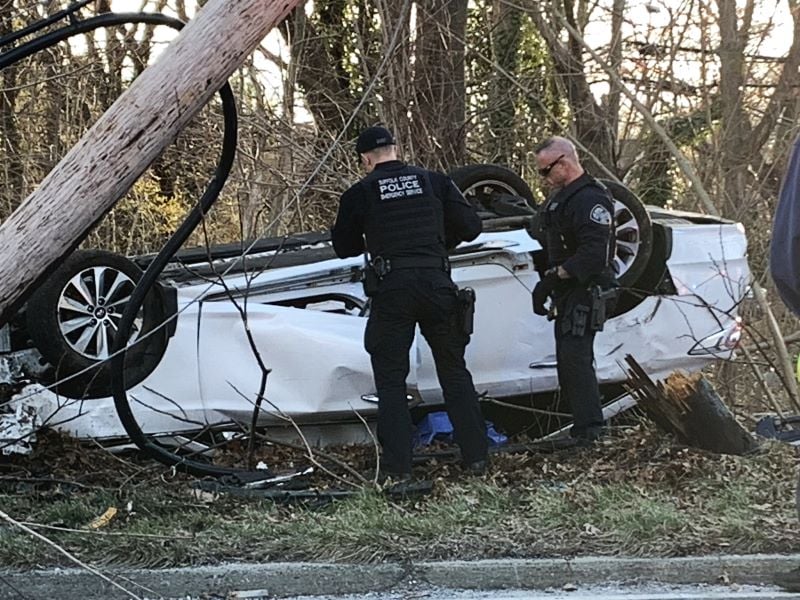Crashes on our roadways have gotten out of control. While roadway deaths on Long Island typically average 18 per month, which is terrible enough, last month there were 31. What made August that much worse than usual is hard to say, but clearly something needs to change.
Many people think that there needs to be more enforcement, which may be true, but you can’t have a police car on every corner all of the time. Roads need to be designed so that they are, for the most part, self-policing. Our road network has been designed primarily for speed and not safety with wide lanes and wide curves that allow drivers to easily exceed the speed limit and make turns at dangerous speeds.
Pedestrian crossings are generally far apart requiring people to walk out of their way to get to a crossing. Some intersections don’t even have crossings and some roads lack sidewalks altogether. As lacking as our infrastructure is for people on foot, it’s even worse for those on bikes.
Communities across Long Island have been calling for safety improvements in their neighborhoods. Vision Long Island has worked with fifteen communities performing “walk audits” by collecting data and making observations then developing safety recommendations. Many other communities have also joined the L.I. Complete Streets Coalition to help advance safety improvements.
There are many tools available to reduce speeding and make it safer to walk and bike. Making the corner curves smaller makes drivers slow down more when turning and shortens the distance to cross the street. Narrower lanes make drivers less comfortable driving faster than they should. Pedestrian refuge islands can break up the distance to cross a street into shorter, safer segments. Protected bike lanes make riding safe and comfortable.
Roundabouts can reduce the number of potential conflict points at an intersection and reduce speeding while keeping the flow of traffic moving. These are only a few of the tools that can be used. There are guidance documents available that have tested these designs and worked out the details so that local traffic safety and public works departments don’t have to reinvent the wheel.
Road construction costs money and budgets are always tight. Thankfully, there is a record amount of funding available right now to make safety improvements. There are also “quick build” techniques that use paint, bollards and planters to improve safety on a smaller budget. These techniques can be installed quickly and cheaply allowing many streets and intersections to be fixed while funding for more permanent construction is still being secured.
The streets in our communities need to be safe for people of all ages and abilities. Kids should be able to safely ride their bikes or walk to school, the elderly or disabled should have safe places to cross the street without fear that they may not make it to the other side. We need to provide safe infrastructure for all members of the community, not just those that are driving.
Elissa Kyle is placemaking director for Vision Long Island.

